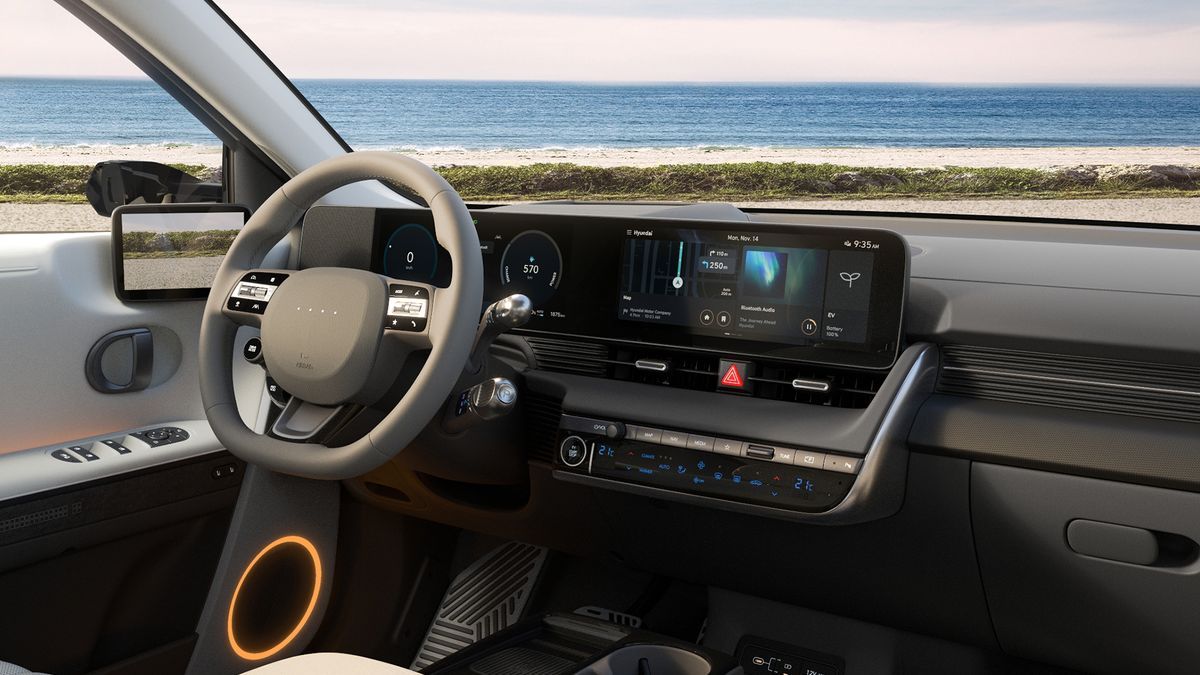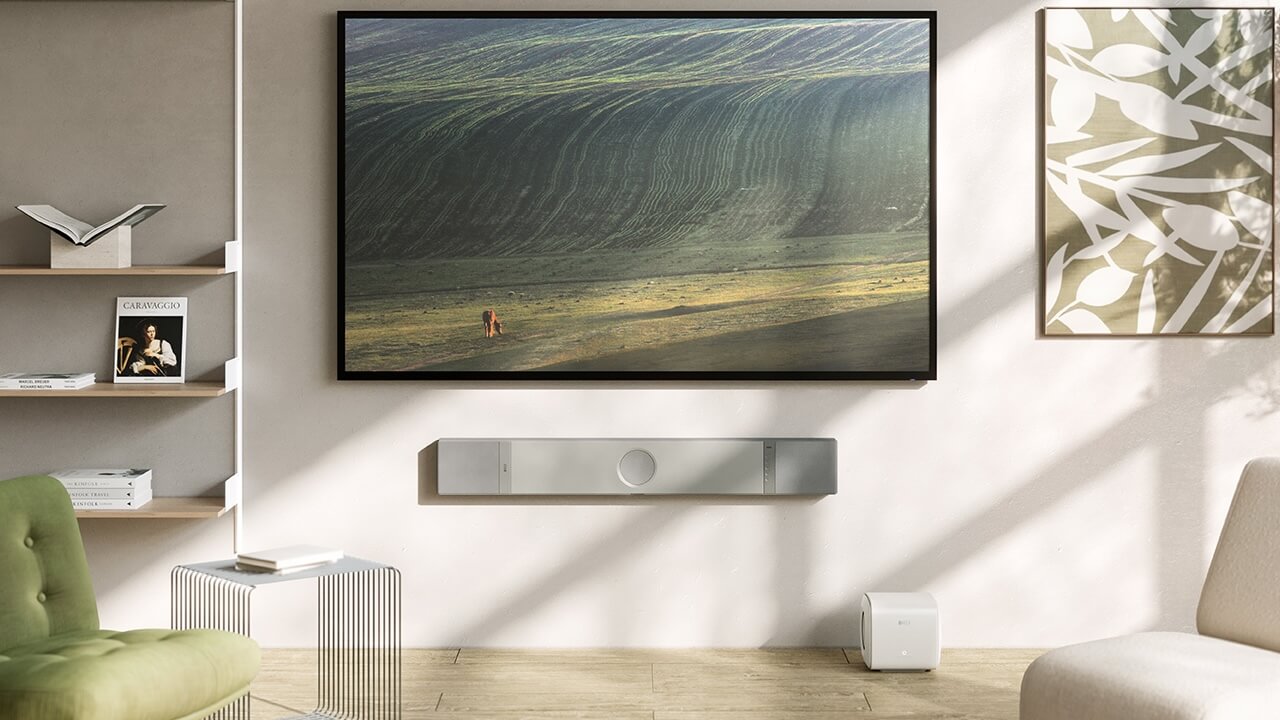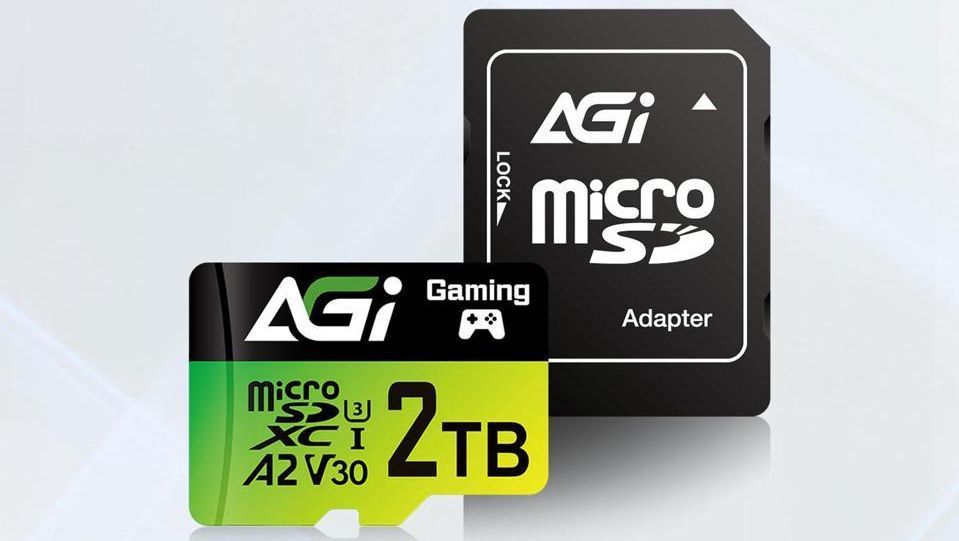- Hyundai design VP says owners are asking for more buttons
- Changes to security testing will place a burden on physical controls
- That's why manufacturers are finally reconsidering the interior of vehicles.
Hyundai is the latest manufacturer to declare that it is reintroducing physical buttons in future vehicles, following customer backlash over complicated and often annoying touchscreen systems.
Hyundai Design North America vice president Ha Hak-soo recently revealed in an interview with Korea's JoongAng Daily news website that the company had been fooled by the “wow factor” of giant screens and had neglected the ease and convenience of physical buttons.
“When we did testing with our focus group, we realized that people get stressed, upset and irritated when they want to control something in a pinch but can't do it,” Ha said.
The company joins a growing list of automakers that have seen fit to reintroduce physical controls for key functions, with companies like VW doing a U-turn on their decision to go screen-only in the first ID electric models later. of negative comments from the press. and general public.
VW's then CEO Thomas Schäfer said the reliance on touchscreens “did a lot of damage” to the brand and subsequently overhauled the infotainment offering during the mid-life updates of the numerous models in the ID range. to include appropriate backlit physical elements. Buttons for climate control, window defroster and emergency lights.
What's more, Europe's main passenger vehicle safety body, Euro NCAP, said earlier this year that it would “incentivize OEMs to have physical, easy-to-use, touch-based controls of key driving functions, such as windshield wipers, warning lights and indicators,” its technical director, Richard Schram, told Auto Express.
Analysis: Blame the Tesla effect
Although very few automakers will admit it, the trend of devoting absolutely everything to a large touchscreen is due in part to Tesla and its innovative use of tablet-style infotainment systems.
Before this, legacy brands had simply played with screens that were neatly integrated into the dashboard or center console, often operated by a rotary dial and other switches.
Fast forward to 2009, with the debut of the Tesla Model S, and Mercedes-Benz still had a physical keypad for entering phone numbers. Now, Tesla has gone further by removing gauges and other pillars from the car.
Things have changed and displays in cars are certainly here to stay, with Hyundai even recently revealing that it had teamed up with German optics specialist Zeiss to work on a head-up display that spans the entire windshield.
But relying everything on one screen and its numerous submenus is, on the surface, frustrating and often downright dangerous. Having to search for a slider to adjust the temperature in the cabin is a chore, while asking a clunky AI-powered voice assistant to defrost the rear window is more complicated than simply pressing an easy-to-locate button.
Until we get to the point where highly autonomous vehicles do most of the driving, we still need physical switches and buttons to make life behind the wheel more convenient and safer.
After all, there's a reason an airplane cabin looks the way it does and it's not just a giant touchscreen computer.









